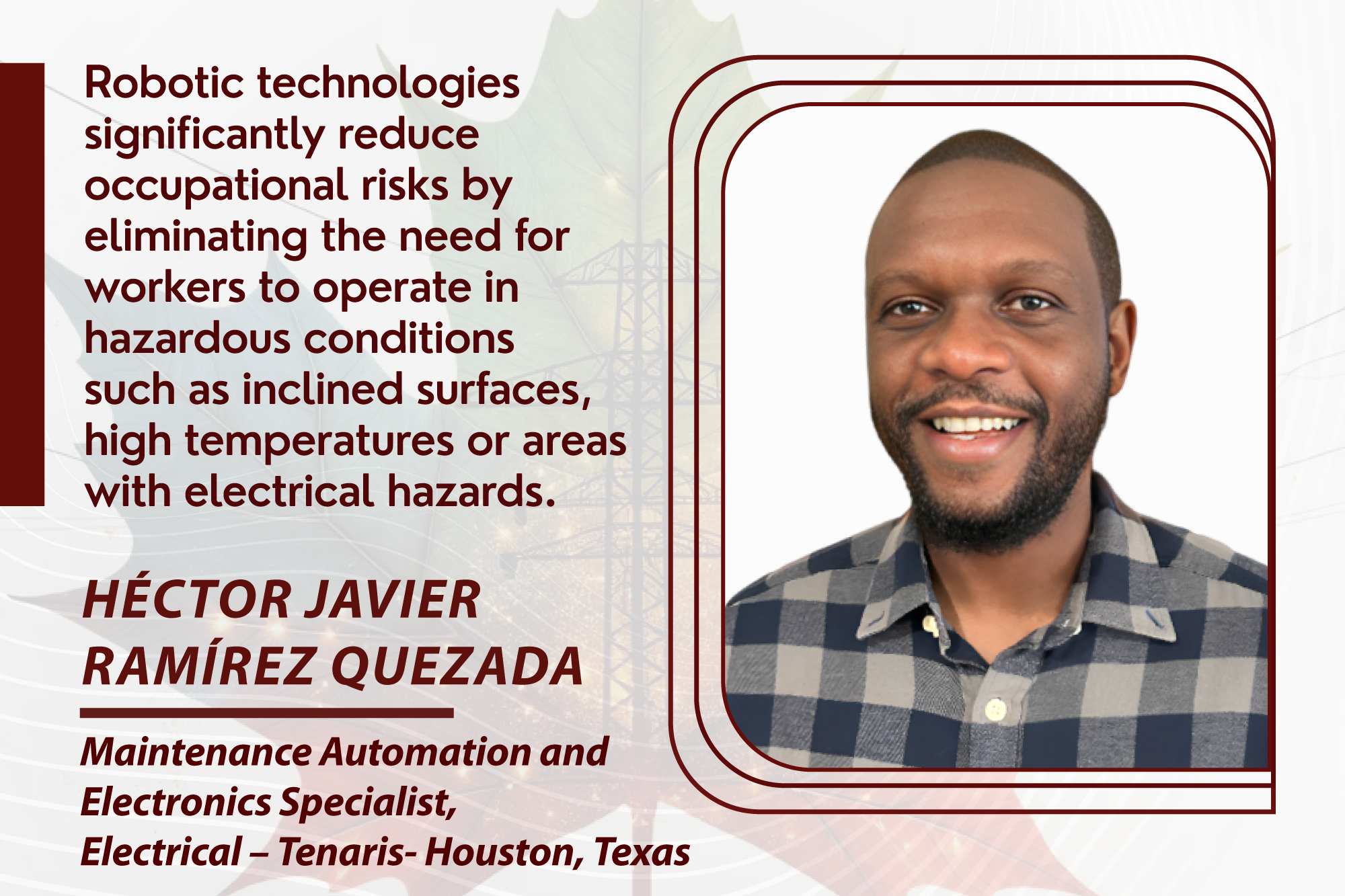Solar O&M market in India is growing with robotic innovation
By Staff Report August 8, 2025 5:52 pm IST
By Staff Report August 8, 2025 5:52 pm IST

Robots such as the IFBOT M20 model can clean over 1,500 m² per hour while others like the Sol-Bright Gen.6 achieve an efficiency above 99.5 percent with less than 1 percent downtime.
The solar industry seeks to implement a circular strategy that optimises environmental, economic and operational sustainability across the photovoltaic module lifecycle. This balance is achieved through the combination of repair, reuse and recycling, which prevents premature waste and maximises resource value.
Repair serves as the primary sustainable action. By addressing minor defects or replacing components, such as microcracks or connectors, the operational life of a panel is extended, avoiding unnecessary disposal. Rapid testing technologies also enable module evaluation in under a minute to determine whether they should be repaired or remain in service. Reuse occurs in secondary markets or less demanding installations. Panels that still function, albeit at lower efficiency, can be reassigned to community or small-scale projects. Pilot initiatives like Second Life Solar utilise mobile testing stations to repurpose functional modules, preventing them from ending up in landfills. Advanced recycling facilitates the recovery of up to 95 per cent of valuable materials, such as glass, silicon, aluminium, silver, and copper, through mechanical, thermal, chemical, and robotic processes. These materials can be reintegrated into new panel production or other industries, saving up to 95 per cent of the energy compared to extracting virgin materials.
Robotic solutions for operation and maintenance practices
Next-generation robotic solutions are revolutionising operation and maintenance (O&M) practices in large-scale solar installations by driving improvements in efficiency, sustainability and operational safety. One of the most notable advances is the implementation of autonomous dry-cleaning robots, which keep panels free from dust and debris without using water—a crucial feature in arid regions like Rajasthan. These technologies have reduced water usage by up to 85% while increasing energy efficiency by as much as 15% in certain solar parks. Robotics has also significantly improved the speed and regularity of maintenance. Robots such as the IFBOT M20 model can clean over 1,500 m² per hour while others like the Sol-Bright Gen.6 achieve an efficiency above 99.5 percent with less than 1 percent downtime. These solutions outperform manual cleaning in terms of productivity and operational costs, delivering a return on investment in under two years.
Additionally, robotic technologies significantly reduce occupational risks by eliminating the need for workers to operate in hazardous conditions, such as inclined surfaces, high temperatures, or areas with electrical hazards. This improves safety and reduces insurance and accident-related costs. Simultaneously, the integration of intelligent monitoring systems and predictive analytics through drones and embedded sensors enables the early detection of faults, such as hot spots or panel cracks, which optimises maintenance schedules.
Solar panel operation and maintenance (O&M) market in IndiaThe solar panel operation and maintenance (O&M) market in India is experiencing rapid growth due to the significant progress in installed solar capacity. By the end of January 2025, the country’s solar capacity reached 100.33 GW marking a more than 3,450 percent increase since 2014 which positions India as a renewable energy leader in the region.
Globally, the solar O&M market generated revenues of USD 14.51 billion in 2024 and is projected to reach USD 32.63 billion by 2034, with a compound annual growth rate (CAGR) of 8.44%. The Asia-Pacific region led by India represents one of the fastest-growing areas capturing nearly 40 percent of the global O&M services market. Additional forecasts estimate the global solar O&M market to reach USD 41.4 billion by 2033, with a CAGR of 13.3 percent that reinforces the country’s strategic role in this context.
This growth aligns with the country’s energy policy, which aims to achieve 280 GW of solar energy by 2030. It is estimated that each gigawatt installed requires between USD 1 and USD 1.5 million annually in maintenance services. Furthermore, the adoption of advanced technologies, such as automated cleaning, digital monitoring, and predictive analytics, has significantly contributed to optimising operations and reducing associated costs.
Conclusion
While the solar O&M sector is rapidly expanding in India, the challenges remain. The vast scale of solar installations makes it difficult to ensure consistency in O&M practices nationwide. Moreover, as technology continues to evolve, companies must stay up to date with innovations to remain competitive. Nevertheless, the future of the country’s solar O&M market looks promising, creating even more opportunities for innovation and growth in the O&M sector while contributing to global sustainable development goals.
We use cookies to personalize your experience. By continuing to visit this website you agree to our Terms & Conditions, Privacy Policy and Cookie Policy.